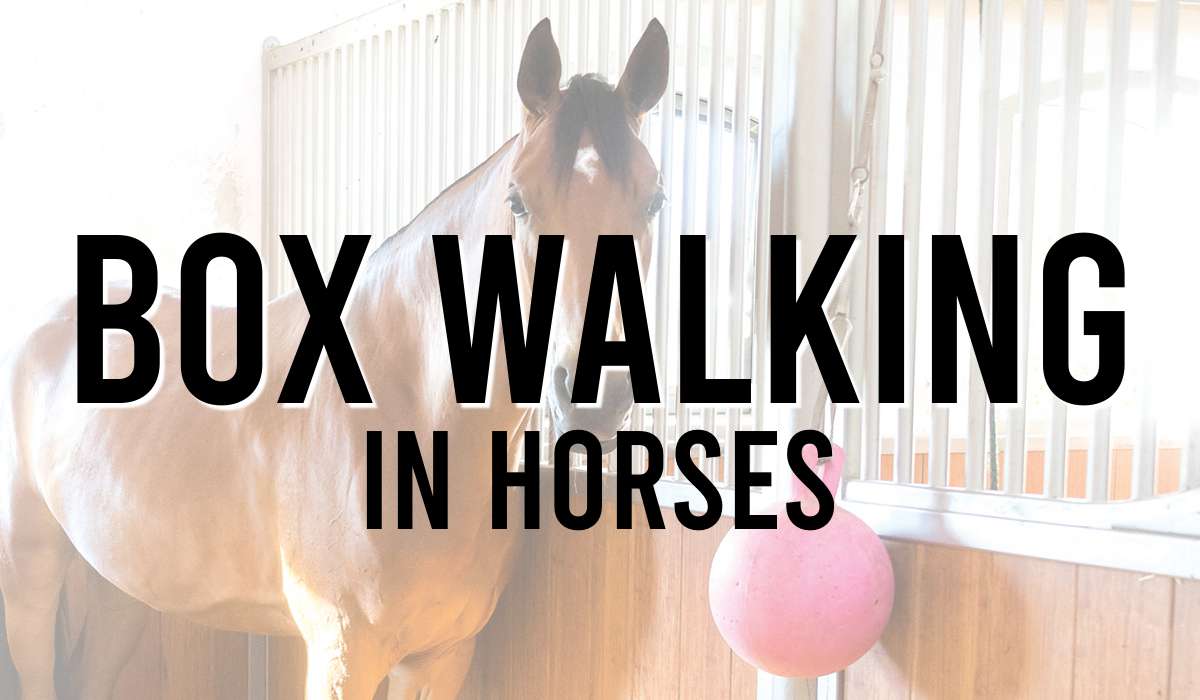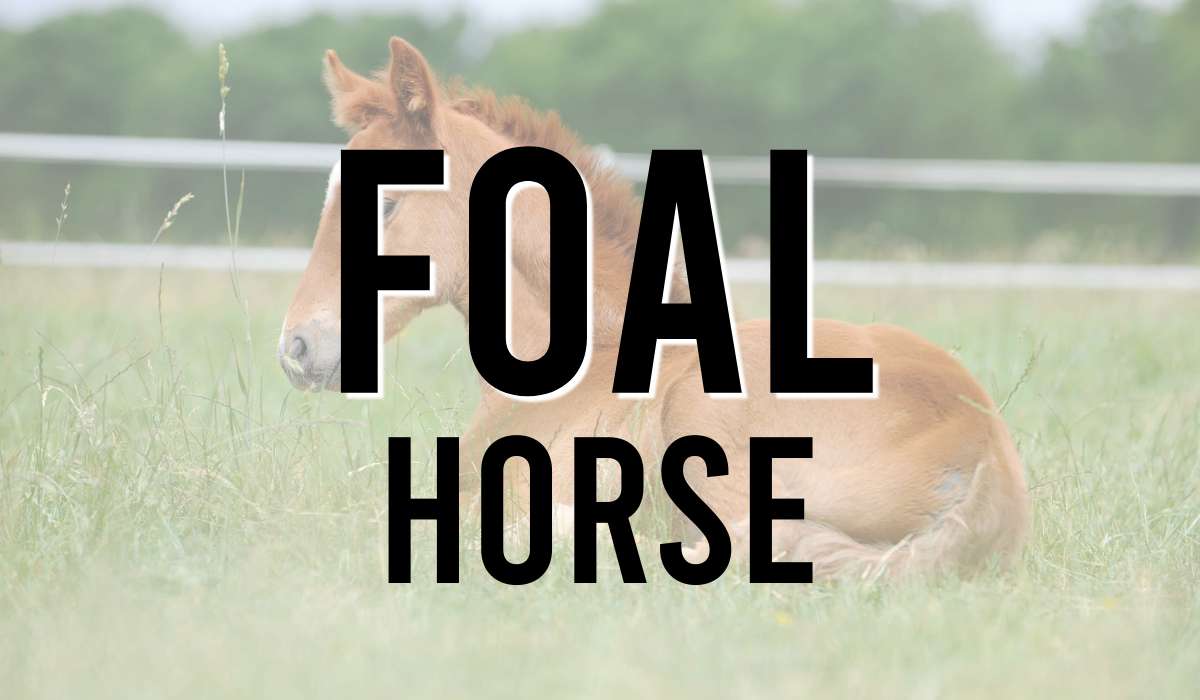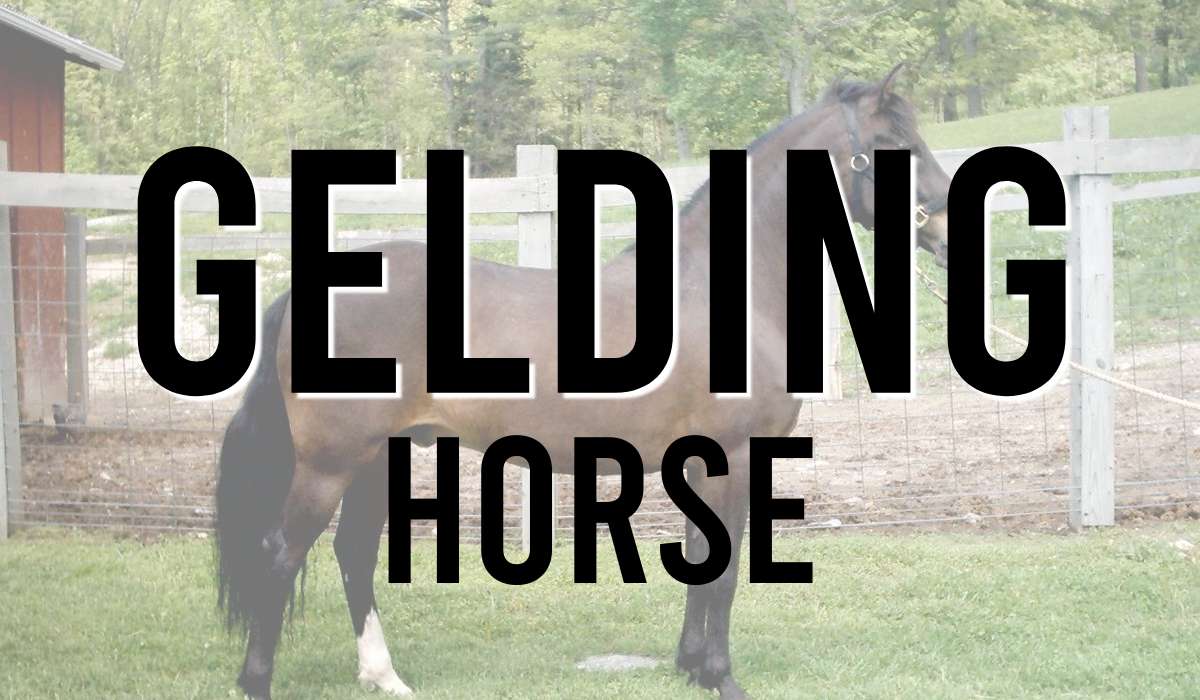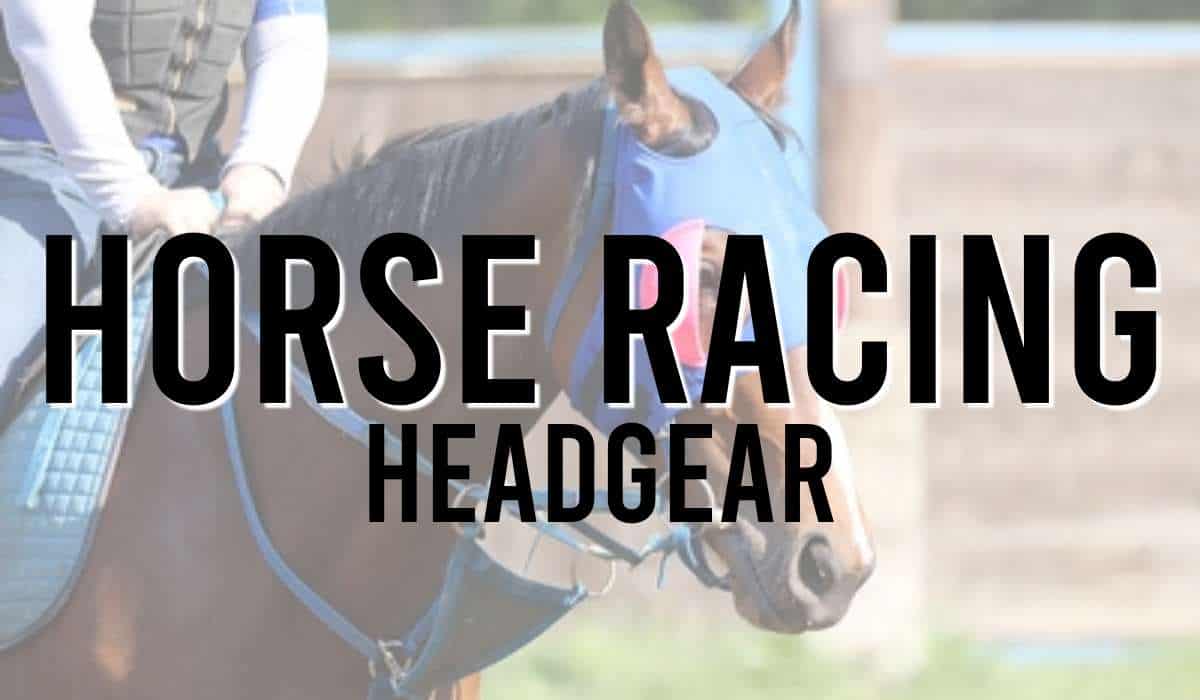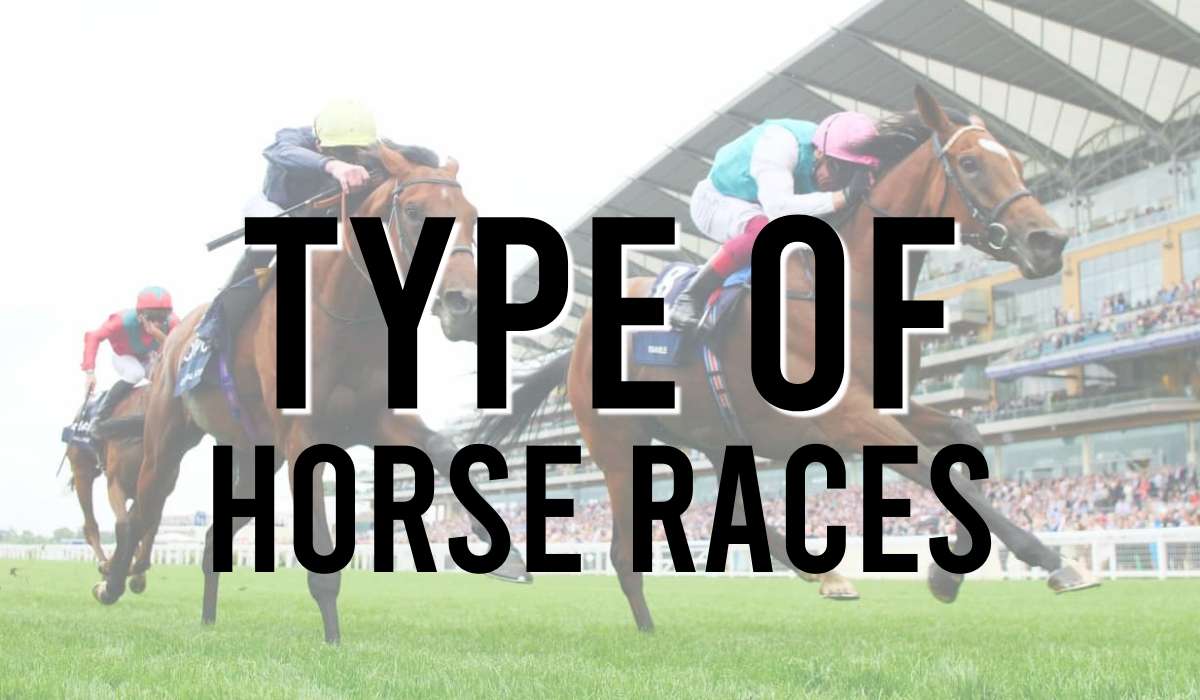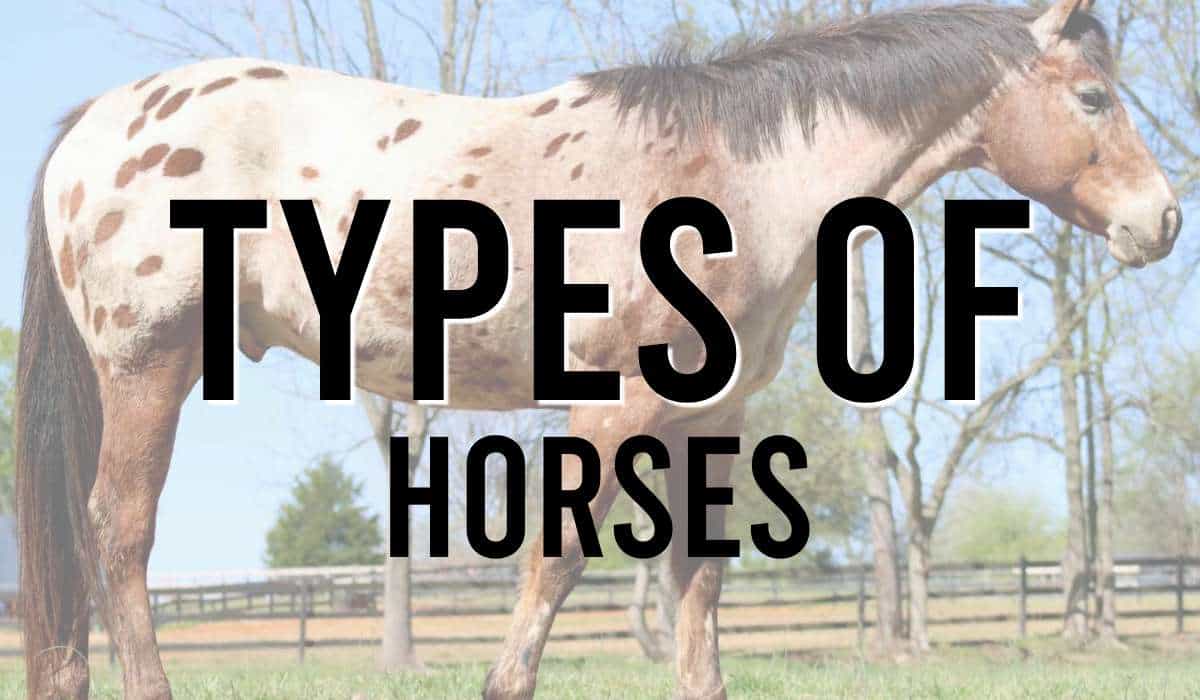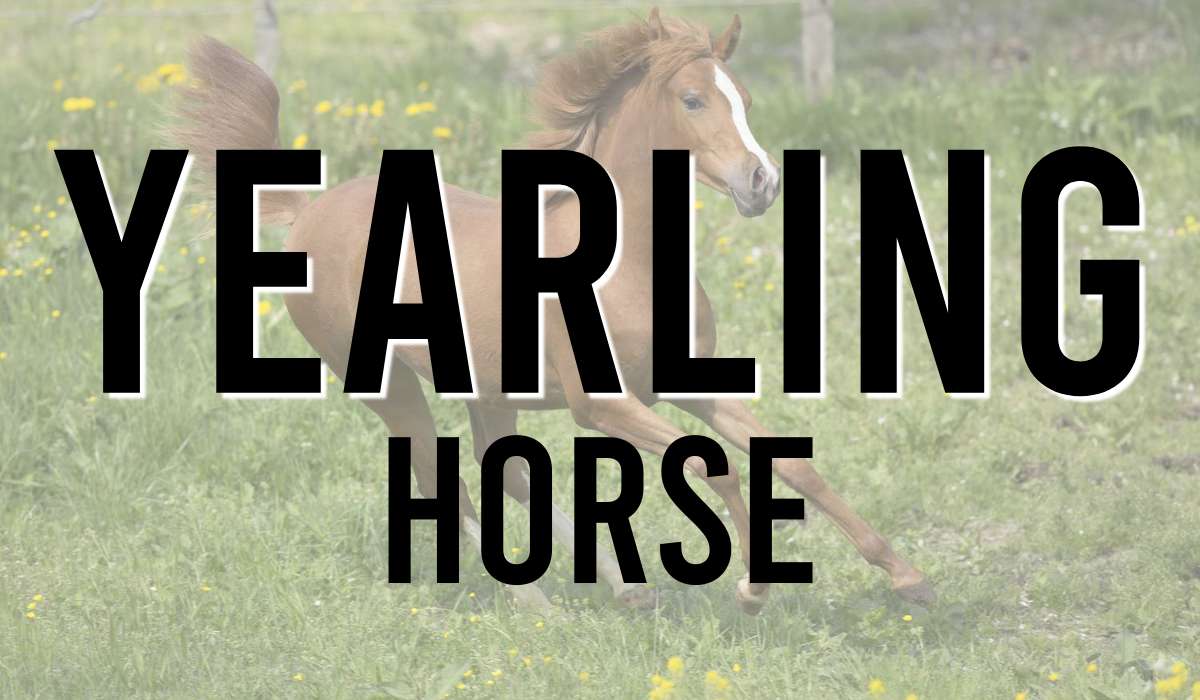Horse racing is a hugely popular pastime enjoyed by many people the world over but did you know there are different types of horses aside from the popular thoroughbreds? We look at some of the most popular horse breeds today…
Throughout the world, different types of horses compete in a variety of events. We have put together a list of the most common variety of horses and also look at the events they take part in.
Types of races include:
- Thoroughbreds Horses
- Black Thoroughbred Horses
- Arabians Horse
- Standardbreds
- American Quarter Horses
- Flat Racing
- Jump Racing (aka national hunt)
Find out more today about these types of horses and the events that they compete in.
Contents
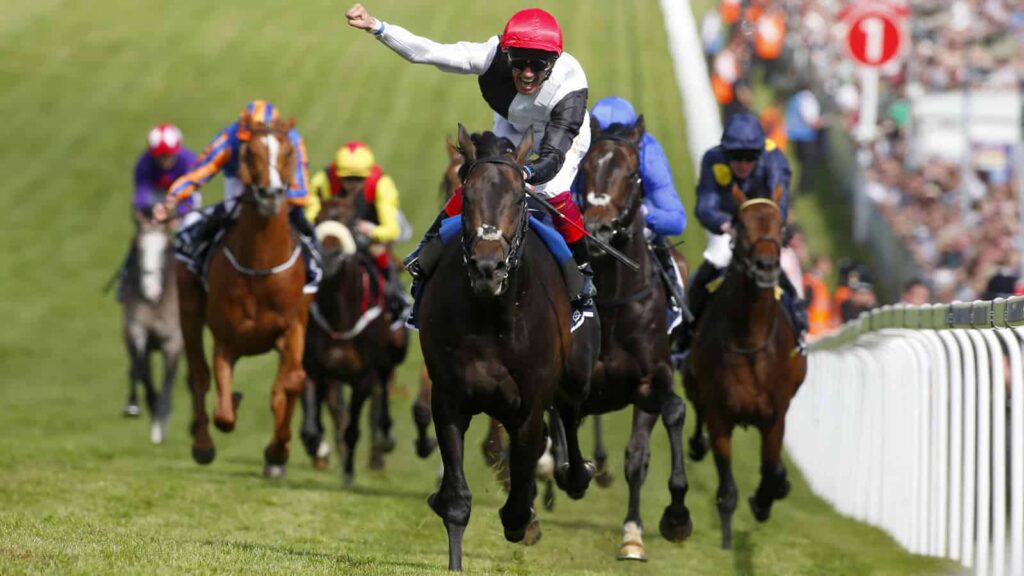
Introduction to Types of Horses and Their Events
Thoroughbred racing is often considered the most famous form of horse racing, especially from a gambling perspective.
The major horse events and races such as The English Derby, Grand National, Kentucky Derby and Cheltenham Gold Cup are known the world over.
This is not to say other types of equestrian sport aren’t attractive to betters and fans too, though; it all depends on what you find most enjoyable to watch.
Other popular races for horse betting include endurance racing, quarter horse racing, badminton, cross-country and harness racing.
These events involve horse breeds that differ from the more traditional Thoroughbred. In addition to the aforementioned Thoroughbreds, the following breeds of horse commonly competing in these events includes:
- American Quarters
- Arabians
- Standardbreds
We will provide some information about the 4 main breeds you see in racing and this guide covers Thoroughbreds in the most detail, but each of the 3 other breeds will be covered too.
Thoroughbred Horses
The biggest, best, most lucrative and famous races in the equestrian calendar are exclusively open to Thoroughbred horses. There are, of course, other versions of racing, as previously mentioned.
Nothing compares to the glitz, profile and celebrity of Thoroughbred racing, though. Especially when you think of the pompe and prestige of events such as Royal Ascot and Glorious Goodwood in the United Kingdom.
Equally, little compares to the level of betting interest this type of race attracts. That’s why the prize money is usually so high for successful owners, trainers jockeys.
The word ‘Thoroughbred’ itself is often misused. Purebred horses are often referred to as Thoroughbred, but this is incorrect. It’s true that all Thoroughbreds are purebred – but not all purebreds are Thoroughbreds.
A purebred horse can be classified as any horse that has been bred from two horses of the same breed. A Thoroughbred is a specific individual breed developed in England between the 1600 – 1700s. All modern-day Thoroughbred horses have a bloodline that can be traced back to this period.
Thoroughbred Characteristics
Thoroughbred characteristics are what make the breed perfect for racing. They’re known for other equestrian sports too, including:
- Show Jumping
- Dressage
- Show Hunting
- Eventing
- Rodeo
- Polo
A typical Thoroughbred horse measures between 15 – 17 hands high (a hand = 4 inches / 10 cm). It should have a long neck, deep chest, lean body and long leads. They are a hot-blooded breed, often bold and spirited. This makes Thoroughbreds difficult to tame. Only experienced handlers should even try.
For the sake of standardising horse racing entry requirements based on age groups, a Thoroughbred horse will be assigned a ‘birthday’. In the northern hemisphere, they are all said to be one year older from January 1st. Southern hemisphere horses are one year old come August 1st.
This age is important, as many types of horse races are only open to Thoroughbred horses of a certain age.
Black Thoroughbred Horses
The Thoroughbred horse breed is best known for its speed, athleticism and strength.
They were developed through the crossbreeding of indigenous female horses, called mares, with the male horses called stallions. The stallions were imported from overseas with the sole purpose of breeding racehorses.
A modern Thoroughbred should be traceable back to one of three stallions: Godolphin, Darley Arabian or Byerley Turk, these are the three main sires that began the era of Thoroughbreds as a racing breed.
In the younger years of the breed, a Thoroughbred would be raced by only a handful of very rich people in Britain. As the years passed, and the equestrian sport became more popular throughout the world, the horses were exported globally and the breed began to spread.
A global industry subsequently evolved around Thoroughbred racing and breeding. Many commercial operations exist today with the business model of breeding the best possible Throughbreds for racing. In many cultures, successful horses are celebrated and enjoy a celebrity status superior to their riders.
Valuing a Thoroughbred
You will typically find Thoroughbreds for sale at public auctions or privately organised sales. After purchase, these animals can only be entrusted only to an experienced horserace trainer. A novice attempting to manage a Thoroughbred is certain to fail, no matter how much interest they have in the sport.
The value of a Thoroughbred can be impacted by a few contributing factors, most significantly age and pedigree. If a horse has previously competed in races, their performance will also impact their financial value.
Thoroughbreds having had a successful racing career will likely be sold (or leased) for breeding once they’re retired. The value at this point in their lives will be purely down to how successful they were. Consistent winners – or even those that have won a single major race – can be hugely valuable. This is why breeders place so much effort and emphasis on training the Thoroughbreds in their stable.
Famous Thoroughbreds
A lot of Thoroughbred horses have found fame, to a degree, thanks to their racing success. A handful have really captured the hearts of the public and the equine world, for various reasons. Here’s a list of the most famous Thoroughbreds throughout history. We’re sure that you will have heard of at least some of them through their success at historical races:
- Frankel
- Eclipse
- Seabiscuit
- Secretariat
- Sea The Stars
- Nashwan
- Dancing Brave
- American Pharoah
- Brigadier Gerard
- Arkle
- Nijinsky
- Phar Lap
- Man o’ War
- Red Rum
- Makybe Diva
Arabian Horses
Arabian horses are among the oldest breed of horse in history. There’s evidence that dates back over 4,000 years that proves their existence. These animals originated in the Arabian Peninsula. Earlier variations of this horse were used primarily as workers during wars.
Raised in the harshest desert conditions, these horses were designed for long-distance trekking to far-off lands and invading enemy camps. It’s thought this is how they developed the stamina and speed they are known for today. This makes Arabian horses hugely popular in endurance racing and harness racing.
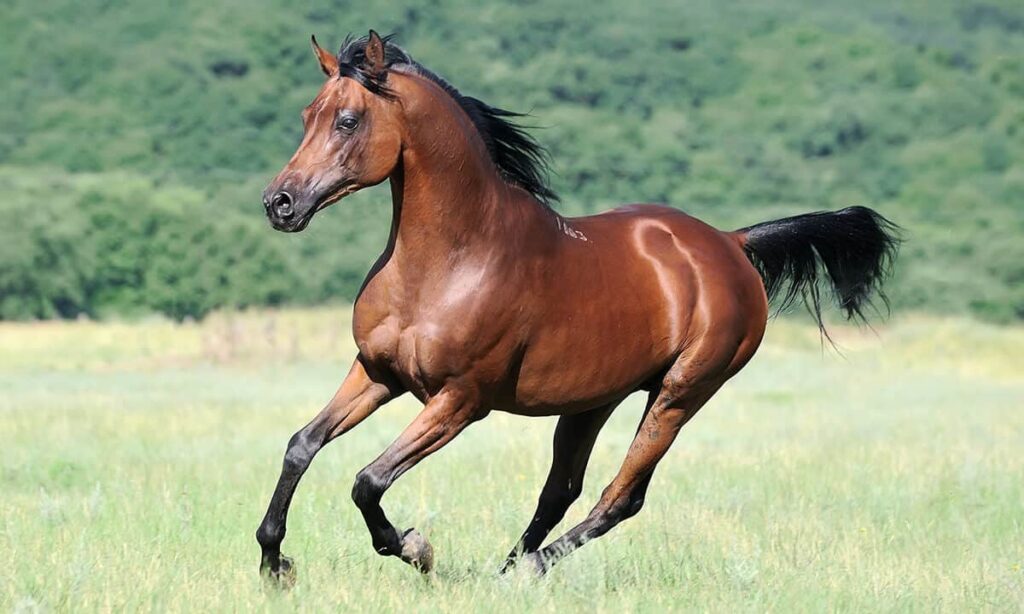
The Arabian breed spread globally via trading. Lots of the characteristics of the breed were desirable for horses at the time. This resulted in Arabian owners purchasing these animals for the purpose of improving other racehorse types. As a result, many other breeds of racehorse – including Thoroughbreds – may have an Arabian bloodline in their family history.
Arabians tend to have a few distinguishable features. The head is usually wedge-shaped and they have wide foreheads. The eyes and nostrils are large whereas the muzzle is small. They tend to have an arched neck, a long coup and a high tail carriage. Typical colours are black, grey, bay or chestnut.
These distinctive features of the Arabian horses make them easily recognised as a breed. They’re versatile, too. Arabians can, and do, compete in varying forms of equestrian activity. As discussed, they are masters of endurance riding thanks to the aforementioned stamina and strength. Arabian horses are also often used in show jumping and associated occasions.
Standardbreds
Standardbred horses were eveloped in North America in the 1700s. Trotting races started taking place here, using a horse in a harness. This breed is still well-known today for their use in harness racing. This is likely because of the incredibly strong shoulders and hindquarters if a standardbred horse.
A few breeds of racehorses joined the melting pot when developing Standardbred horses. They included Norfolk Trotters, Canadian Pacers, Thoroughbreds, Morgans and National Hackneys. The breed itself was formally classified in 1879 by the National Association of Trotting Horse Breeders. This is the establishment that formed the Standardised Studbook.
Today’s Standardbred is more muscular than a Thoroughbred. They tend to have longer bodies. They’re widely considered as easy to train and are very warm toward people.
You see two types of Standardbred – a pacer and a trotter. They both have marginally different bloodlines. All Standardbreds should be traceable back to Hambletonian 10, who was the founding father, so to speak, of this modern breed.
In addition to harness racing, this breed has other many uses, especially in the United States. These including:
- Cattle Work
- Hunt Seat Riding
- Show Jumping
- Reining
- Horse Shows
- Pleasure Riding
- Trail Riding
- Horse-Drawn Carriages
American Quarter Horses (Native American)
The American Quarter Horse breed is found in many equestrian activities, as well as multiple types of racing. This breed can be a racehorse, show horse, rodeo horse or ranch horse. They’re very popular family horses, too, especially so in the US. The American Quarter Horse is actually the most popular breed of horse in that region. The American Quarter Horse Association reported more than 5m registered horses of this breed.
The name, “American Quarter Horse” stems from the use of this breed in competitive quarter horse racing. In this type of racing, the race typically takes place over a distance of a quarter of a mile. The American Quarter Horse is well suited to this type of race as it’s able to spring over short distances easily.
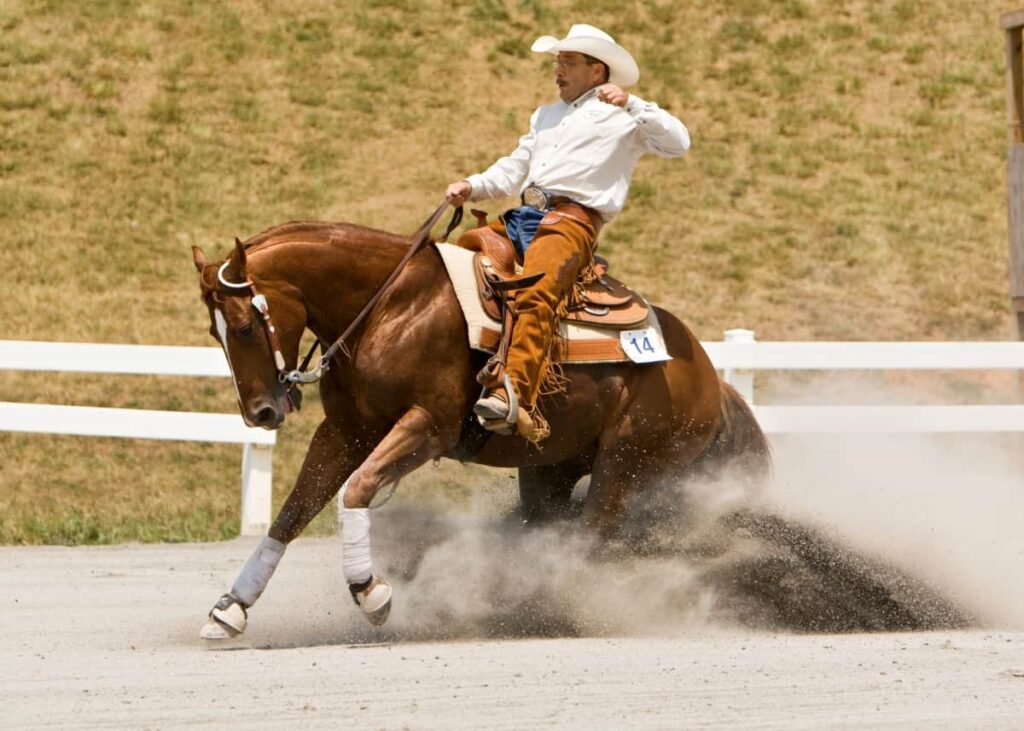
These horses struggle to run longer distances, though. As much as one mile can be a little much for this breed. As a result, many breeders prefer to use a different type of horse for different types of racing. Once again, we refer back to that famous old adage – “horses for courses.”
Typically, a Quarter Horse will have a short head and straight profile. It’s muscular with a broad chest and the hindquarters are rounded and strong. It will stand between 14 – 16 hands and comes in a multitude of colours. The most typical colour is sorrel (brownish-red), followed by black, brown and bay.
Other Types of Horses
Other types of horses and horse breeds include:
- Draft horses
- Ponies including the Shetland Pony, Dales Pony, Show Ponies and Welsh Pony
- Light horse breed – including Appaloosas, Morgans, and Andalusian
- Wild horses
- Domesticated horses
- Daught horse
- Icelandic horse
- Fjord horses
Summary of Horse Breeds
As you can see, there are quite a few different types of horses.
The Thoroughbred is the one that is used in horse racing in the UK, Ireland and around the world but “the horse” has developed over centuries and come in different breeds and shapes and sizes.
A fantastic and majestic animal, human and horse have gone hand in hand for centuries.
Looking for Similar Articles?
Looking for more articles? Check out our horse racing blog and also find out more about our team in our about us section.

